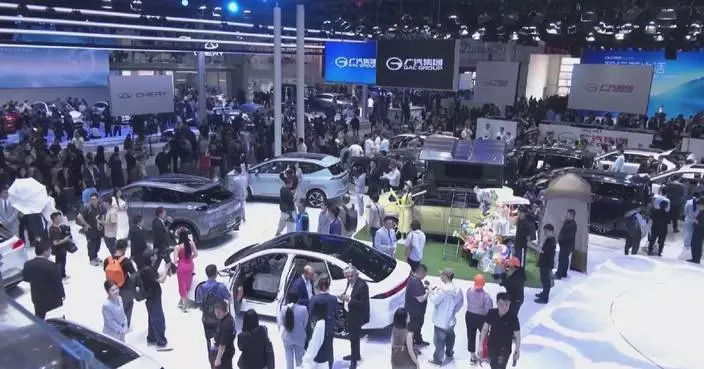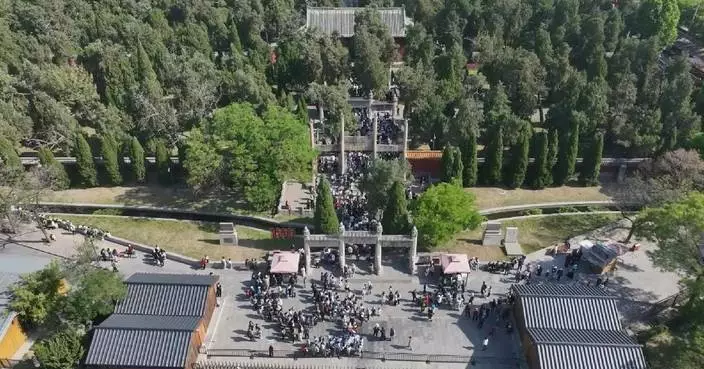China's coastal provinces are investing heavily in offshore marine life hatcheries in a bid to boost marine biodiversity and restore local ecosystem.
In some provinces, efforts have been made to farm fish fries captured from local waters, especially those species with higher economic values, in a hope that these released fish can enhance the fish stock in local waters while bringing higher returns to local fishermen.
In Rudong County, Jiangsu Province, the local Marine Fisheries Research Institute has successfully preserved more than ten types of economically valuable fish, including large and small yellow croakers, for release back into the sea. This initiative helps establish a resource pool of marine fish.
"Leading the way in Jiangsu, we have mastered the skills and knowledge required to preserve live wild fish. We nurture them indoors and train them to accept artificial food. Over 120 million seedlings of large yellow croaker have been released into the Yellow Sea," said Zhu Fei, a researcher at the Jiangsu (Rudong) Marine Fisheries Research Institute.
Since 2009, Rudong County has intensified its breeding efforts, releasing marine life suitable for the local seas to replenish biological resources. Additionally, more than 10 million yuan (about 1.38 million dollars) has been invested in preserving and restoring coastal mudflats and constructing bird habitats.
In Binzhou City, Shandong Province, local marine ranching initiatives breed oysters that help absorb carbon dioxide over an area of more than 66.67 million square meters.
"Apart from near-river oysters, we have successfully achieved self-breeding of four types of shellfish, including triploid oysters, blood clams, and short-necked clams. Each year, we release over 30 billion matured shellfish, promoting the diversification and coordinated development of marine life," said Zheng Shuhe, a researcher at the Binhe Marine Fisheries Research Institute.
It is estimated that the total yield of marine shellfish from Binzhou exceeds 220,000 tons, absorbing an equivalent amount of carbon dioxide, thus achieving a dual increase in both economic and ecological benefits.

China's coastal provinces make efforts to boost marine biodiversity via marine life hatcheries









